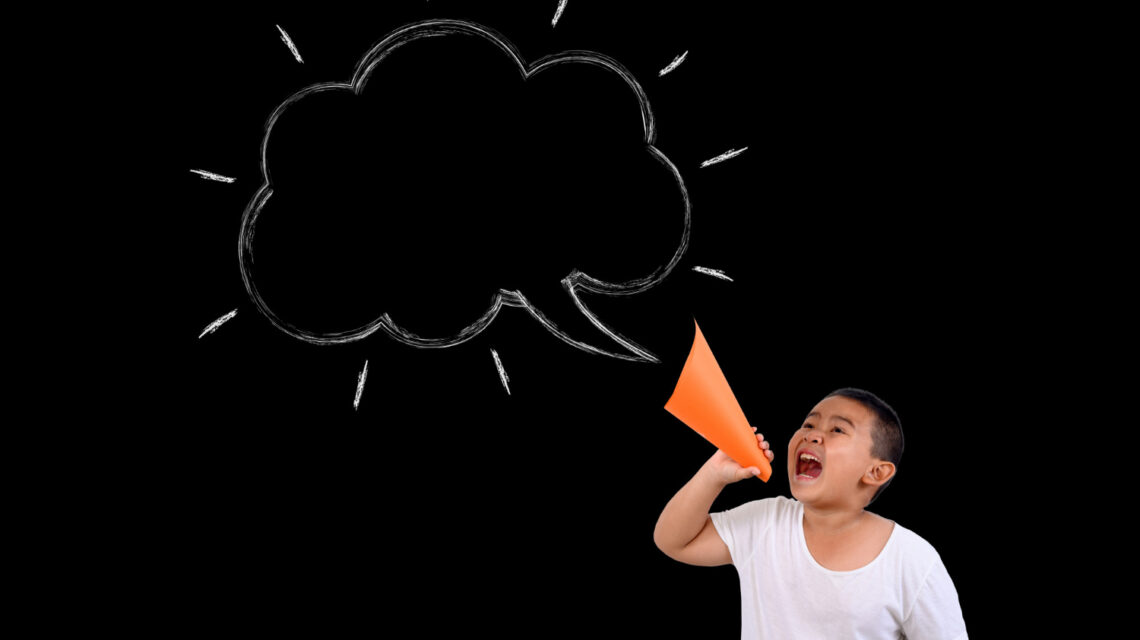Introduction
In the intricate dance of human interaction, the yearning to belong is a fundamental facet of our nature. A recent study conducted by the University of California, Los Angeles, revealed that our brain’s reward centers respond with equal fervor to social rewards as they do to monetary gains. The absence of social interaction, according to Psychology Today, can impact our brains similarly to physical injuries.
In the pursuit of connection, individuals may occasionally resort to attention-seeking behaviors, a perfectly normal aspect of human behavior. However, for those with neurodevelopmental disorders, especially children with autism, attention-seeking behaviors can pose challenges.
Decoding Attention-Seeking Behavior
Attention-seeking behavior, a common occurrence in both children and adults, is rooted in our inherent social nature. Actions and behaviors aimed at capturing someone else’s attention fall under the umbrella of attention-seeking behaviors.
Identifying these behaviors in children, particularly those under the age of 5, can be challenging, as they often lack the impulse control and cognitive skills to intentionally misbehave. Instead of labeling their attempts to connect as “naughty” behavior, it’s crucial to recognize actions such as directing attention-seeking behavior, making eye contact, or drawing attention to perceived mistakes.

In the kaleidoscope of autism, attention-seeking behaviors are not mere echoes of a desire for recognition; they are the vibrant hues through which individuals communicate their unique language, inviting us to embrace the spectrum’s diverse tapestry with empathy and understanding.
Dr. Stephen M. Shore
A Vital Note
Before delving into the context of autism, it’s essential to clarify that attention-seeking is not inherently unhealthy. Individuals engage in various forms of attention-seeking, such as posting on social media, highlighting accomplishments, or acting dramatically. However, for those with autism, who often grapple with mental health challenges, attention-seeking behaviors can carry additional risks.
Understanding Autism and Attention-Seeking
Children with autism frequently contend with other mental health and intellectual challenges. The National Autistic Society reports that almost 40-50% of individuals with an autism diagnosis may also experience anxiety at some point. Similarly, attention-deficit/hyperactivity disorder (ADHD) coexists in nearly half of those diagnosed with ASD. This convergence influences how attention-seeking behaviors manifest in children with autism.
Sensory Expressions of Attention-Seeking
While typical attention-seeking clues like eye contact may apply to neurotypical children, those with autism may exhibit attention-seeking through sensory manifestations. Examples include hyperactive behaviors such as excessive bouncing, jumping, or loud and disruptive actions. For children prone to anxiety, attention-seeking may involve running away or exhibiting behaviors like tantrums, crying, or feigning difficulty with tasks.
Extreme cases may witness self-harm outbursts, such as hair pulling or hitting oneself, or directing violent behaviors towards others. Thoughtful intervention becomes crucial in such instances.

Effective Responses to Attention-Seeking in Autism
If attention-seeking behavior is suspected in a child with autism, several strategies can be employed to mitigate its negative effects and facilitate emotional regulation.
- Ignore the Behavior, Not the Child: Ignoring attention-seeking behaviors can be challenging, particularly if they involve physical tantrums. If the behavior escalates to self-harm or harm to others, ensuring the child’s safety without reprimand is crucial.
- Learn Triggers and Patterns: Proactively understanding a child’s triggers and patterns aids in preventing attention-seeking behaviors. Establishing calming routines and avoiding stimuli that previously led to negative behaviors can be beneficial.
- Effective Distraction: In situations where triggers cannot be avoided, distracting or redirecting a child’s attention can help navigate negative emotions. Selecting neutral distractions that do not resemble rewards is key.
- Structured Time: Reinforce positive behavior with structured, quality time. Family rituals and activities that strengthen the parent-child bond are essential for long-term emotional well-being.

Conclusion
In addition to these strategies, seeking professional support, such as applied behavior analysis (ABA) and therapy, can equip both parents and children with autism with valuable skills to address attention-seeking behaviors and celebrate their unique qualities. If concerns persist, considering autism screening or seeking guidance from organizations like Jigsaw can provide further insights.
Source
- University of California, Los Angeles. “Social rewards activate the same brain circuits as food and money.” ScienceDaily, 13 October 2017.
- DeWall, C. Nathan, et al. “The Pain of Exclusion: Physical Pain and Social Rejection Activate Similar Brain Regions.” Psychological Science, vol. 18, no. 10, 2007, pp. 1044–1050.
- Reijntjes, Albert, et al. “Engaging in Self-Harmful Behavior in Response to Childhood Victimization: The Role of Shame and Symptom Severity in a Clinical Sample.” Journal of Clinical Psychology, vol. 71, no. 2, 2015, pp. 118–128.
- Sibley, Margaret H., et al. “Impulsivity and cognitive rigidity in obsessive-compulsive disorder: A comparison with panic disorder.” Cognitive Therapy and Research, vol. 29, no. 2, 2005, pp. 245–259.
- Shore, Stephen M. “Understanding Autism From the Inside.” The Atlantic, 14 December 2016.
- Mazurek, Micah O., and Paul T. Shattuck. “Autism spectrum disorders and health care expenditures: the effects of co-occurring conditions.” Journal of Developmental & Behavioral Pediatrics, vol. 33, no. 1, 2012, pp. 2–8.
- Simonoff, Emily, et al. “Co-occurring psychiatric disorders in preschool and elementary school-aged children with autism spectrum disorder.” Journal of Autism and Developmental Disorders, vol. 48, no. 8, 2018, pp. 2663–2672.







